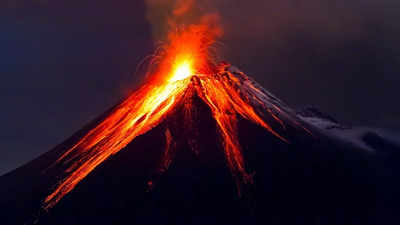Massive volcanic catastrophe could hit the Pacific Northwest |
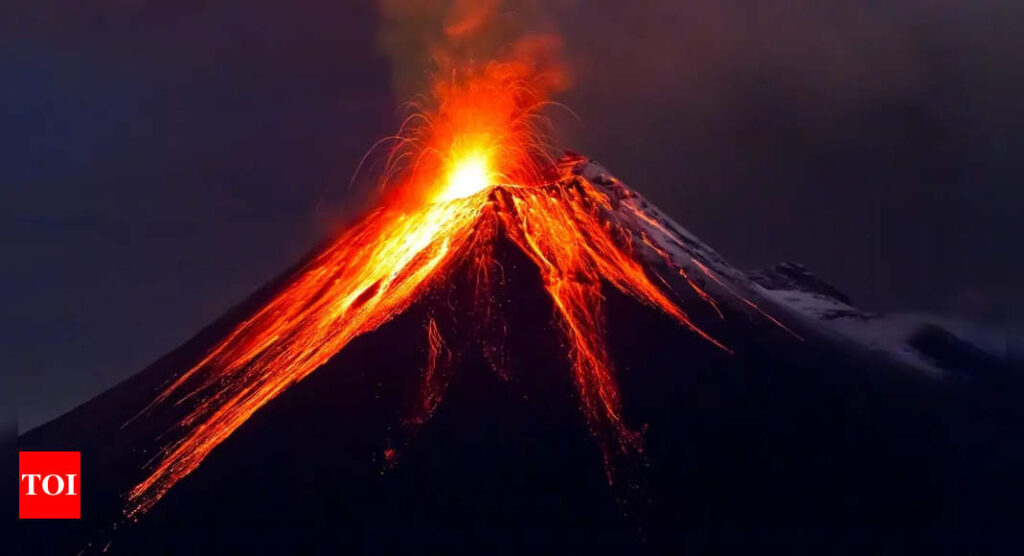
Scientists are raising concerns about a catastrophic volcanic hazard that could hit the Pacific Northwest without warning. Though the communities in the Pacific Northwest are no strangers to volcanoes, and active volcanoes are well-monitored, a lesser-known threat—no-notice lahars, has authorities on high alert.
While eruptions usually buy the authorities some time to evacuate the locals, this type of volcanic catastrophe can occur without any warning and could cause massive destruction. They could occur at any time.
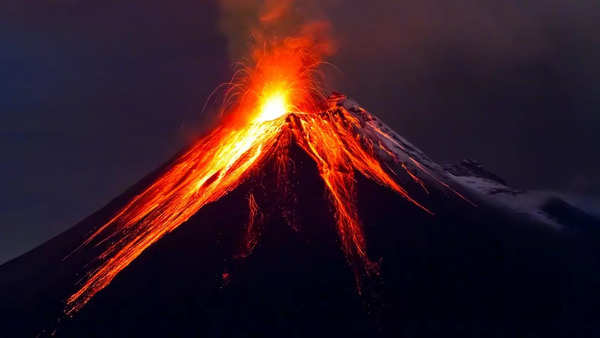
Known as Lahars, these massive landslides composed of volcanic debris, have historically caused widespread destruction. Unlike those triggered by eruptions, no-notice lahars can occur unexpectedly influenced by factors such as heavy rainfall, glacial melt, or seismic activity. These events are sudden and pose a serious risk to nearby communities as they can strike without warning. leaving little time for evacuation.
According to the U.S. Geological Survey (USGS), around 20% of all volcano-related deaths have been caused by lahars. The most devastating events occurred in recent times in May 1980, when a torrent of rock and earth cascaded down the flanks of Mount St Helens, and claimed 57 lives.
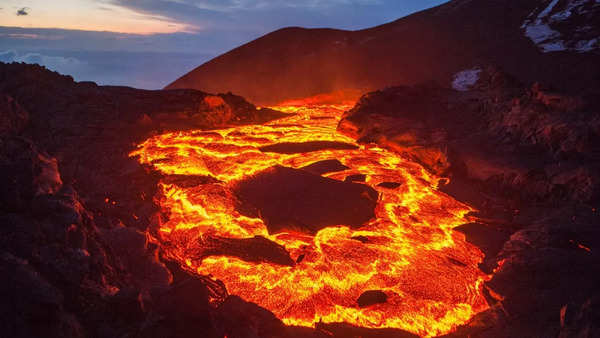
The USGS has recently issued a warning about the potential for far-reaching lahars at Mount Adams, which is currently showing elevated levels of activity. Some 60 lahars have also originated from Mount Rainer over the past 10,000 years, according to the Popular Mechanics.
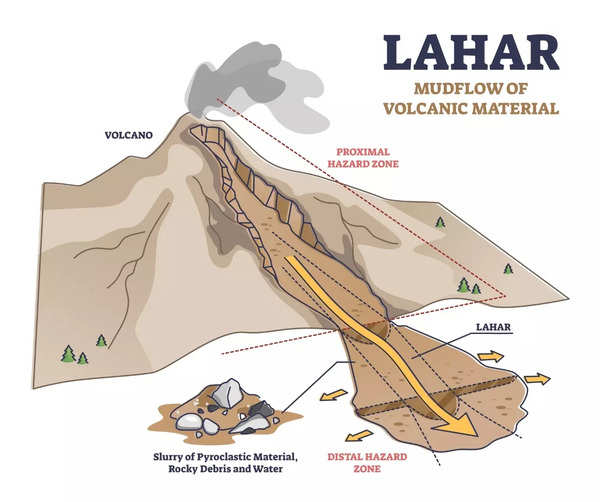
The Cascades Volcano Observatory (CVO) has set up over 20 monitoring stations in the Cascades Range, which stretches from Northern California to British Columbia, Canada, and includes volcanoes like California’s Mount Shasta, Oregon’s Crater Lake, and Mount Rainier in Washington. These stations are placed to get advanced warnings of no-notice lahars. They are equipped with cameras, sensors for detecting ground movements, and tripwires, which could provide real-time data that could help authorities detect lahars before they reach populated areas.
Even if scientists detect a lahar early on, people in its path will have very little time to react and evacuate. For instance, in Washington state, a lahar on the western slope of Mount Rainier could engulf towns like Orting, Puyallup, and Sumner in less than 30 minutes. Hence, evacuation drills are a common practice in schools in communities along lahar paths.
(Pic courtesy: iStock)
